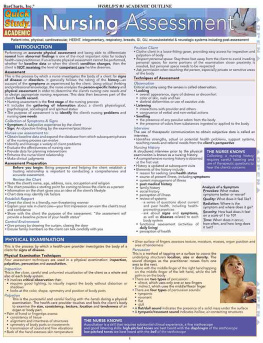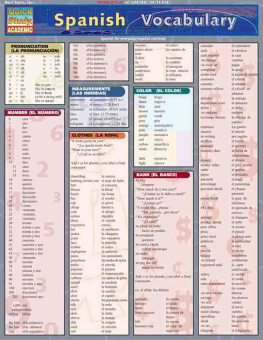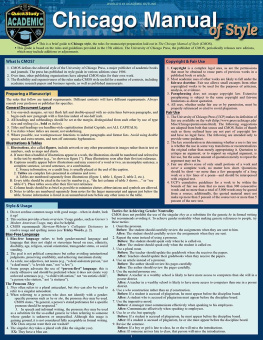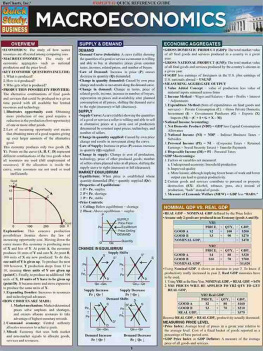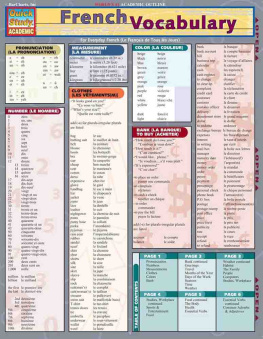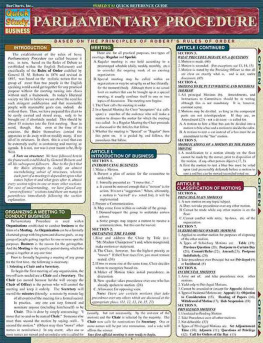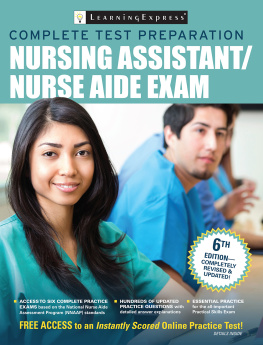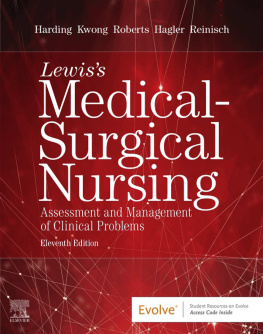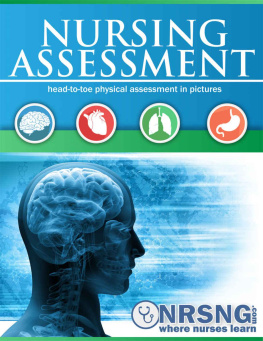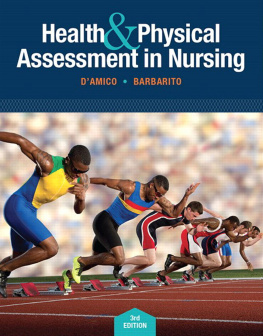Patient intro, physical, cardiovascular, HEENT, integumentary, respiratory, breasts, GI, GU, musculoskeletal & neurologic systems including post-assessment
INTRODUCTION
Performing an accurate physical assessment and being able to differentiatenormal from abnormal findings is one of the most important roles for todayshealth-care practitioner. If an accurate physical assessment cannot be performed,whether for baseline data or when the clients condition changes, then the client is NOT receiving the level of competent care he/she deserves.
AssessmentThis is the process by which a nurse investigates the body of a client for signsof disease or disorders. It generally follows the taking of the history an account of the symptoms as experienced by the client. Using critical thinkingand professional knowledge, the nurse analyzes the person-specific history andphysical assessment in order to determine the clients nursing care needs andto design appropriate nursing responses. This data then becomes part of theclients health record.
- Nursing assessment is the first stage of the nursing process
- It includes the gathering of information about a clients physiological,psychological, sociological and spiritual status
- The purpose of assessment is to identify the clients nursing problems and nursing care needs
- Symptom: A subjective experience by the client
- Sign: An objective finding by the examiner/practitioner
- Obtain baseline data and expand the database from which subsequent phasesof the nursing process can evolve
- Identify and manage a variety of client problems
- Evaluate the effectiveness of nursing care
- Provide data for planning interventions
- Enhance the nurse/client relationship
- Make clinical judgments
Being prepared and helping the client establish atrusting relationship is important to conducting a comprehensive andaccurate assessment.
Review the Chart- Note the clients name, age, address, race, occupation and religion
- The chart provides a starting point for coming to know the client as a person
- Information on the chart gives you an idea of the clients lifestyle
- Chart data may identify risk factors
- Greet the client in a friendly, non-threatening manner
- Explain your role in client careyour first impression can earn the clients trustand confidence
- Share with the client the purpose of the assessment: the assessment willprovide a baseline picture of your health status
- Give privacy by drawing the curtain, closing the door
- Excuse family members so the client can talk candidly with you
- Clothe client in a loose-fitting gown, providing easy access for inspection andpalpation of body
- Respect personal space: Stay three feet away from the client to avoid invadingpersonal space; for some portions of the examination closer proximity isneeded, but personal space needs to be respected
- Ask permission when touching the person, especially private or sensitive areasof the body
Critical scrutiny using the senses is called observation.
- Looking
- overall appearance, signs of distress or discomfort
- color of skin, nails and hair
- skeletal deformities or use of assistive aids
- Listening
- interactions with provider and others
- congruence of verbal and non-verbal actions
- Smelling
- the presence of any peculiar odors from the body
- the presence of odors from substances ingested or applied to the body
The use of therapeutic communication to obtain subjective data is called aninterview.
- Identifies strengths, actual or potential health problems, support systems,teaching needs and referral needs from the clients perspective
THE NURSE KNOWS
Collecting a nursing historyrequires careful listening anduse of therapeutic questions tohear the clients concerns
A structured interview prior to the physicalexamination is known as a nursing history.
- A comprehensive nursing history is obtainedat the first visit
- History is updated at subsequent visits
- Elements of the history include:
- reason for seeking care/health status
- course of present illness, including symptoms
- current management of illness
- past medical history
- family history
- social history
- perception of illness
- review of systems
- a series of questions about currentand past health, including healthpromotingpractices
- ask about signs and symptoms,as well as diseases related to eachbody system
- functional assessment (activities ofdaily living)
- perception of health
Analysis of a Symptom
P rovokes: What makessymptoms better or worse?
Q uality: What does it feel like?
R adiation: Where is thesymptom and where does it go?
S everity: How bad does it feelon a scale of 1 to 10?
T ime: When does it occur,how often, and how long doesit last?

PHYSICAL EXAMINATION
This is the process by which a health-care provider investigates the body of aclient for
signs of disease.
Physical Examination TechniquesFour assessment techniques are used in a physical examination: inspection,palpation, percussion and auscultation.
InspectionThis is the close, careful and unhurried visualization of the client as a whole andalso of each body system.
- It involves critical observation that:
- requires good lighting, to visually inspect the body without distortion orshadows
- looks at the color, shape, symmetry and position of body parts
This is the purposeful and careful feeling with the hands during a physicalexamination. The health-care provider touches and feels the clients bodyto examine the size, consistency, texture, location and tenderness of anorgan or body part.
- Palm of hand or fingertips assess:
- consistency of tissue
- alignment and intactness of structures

